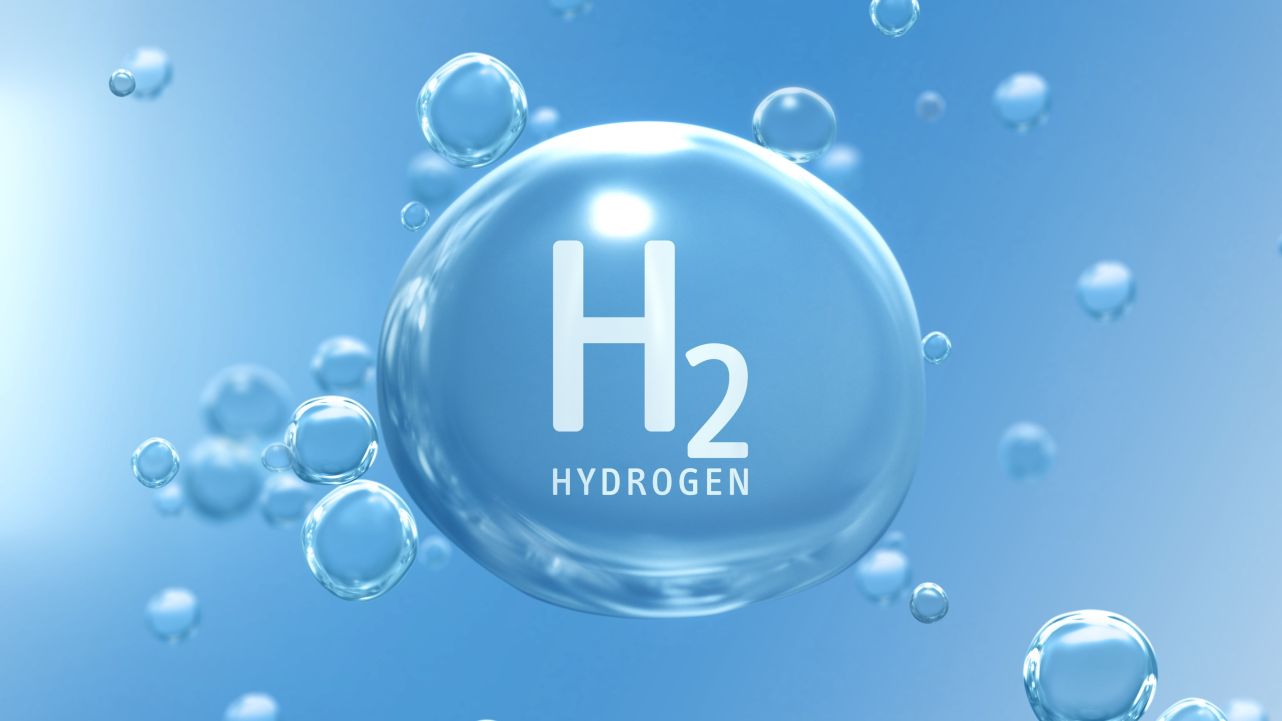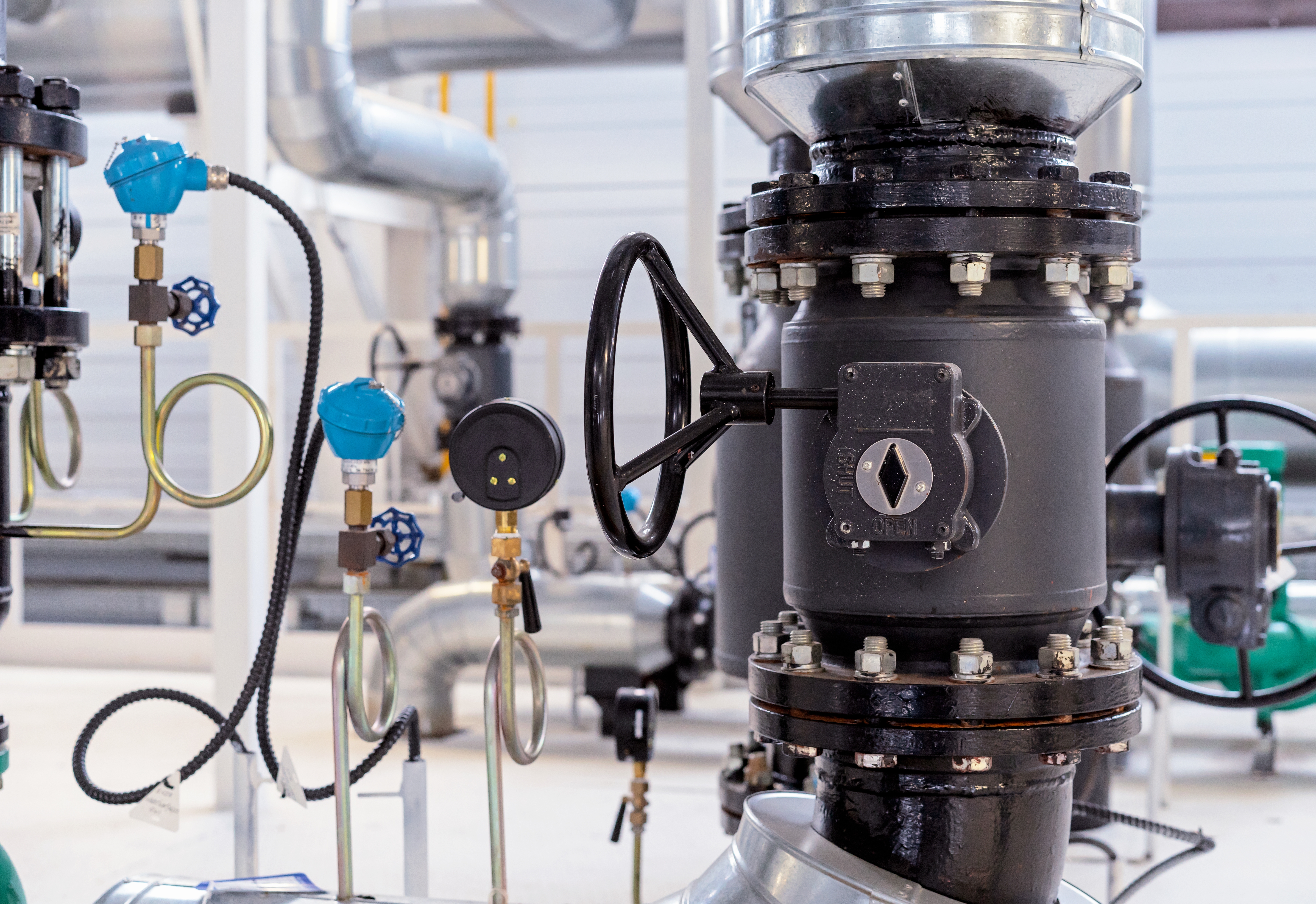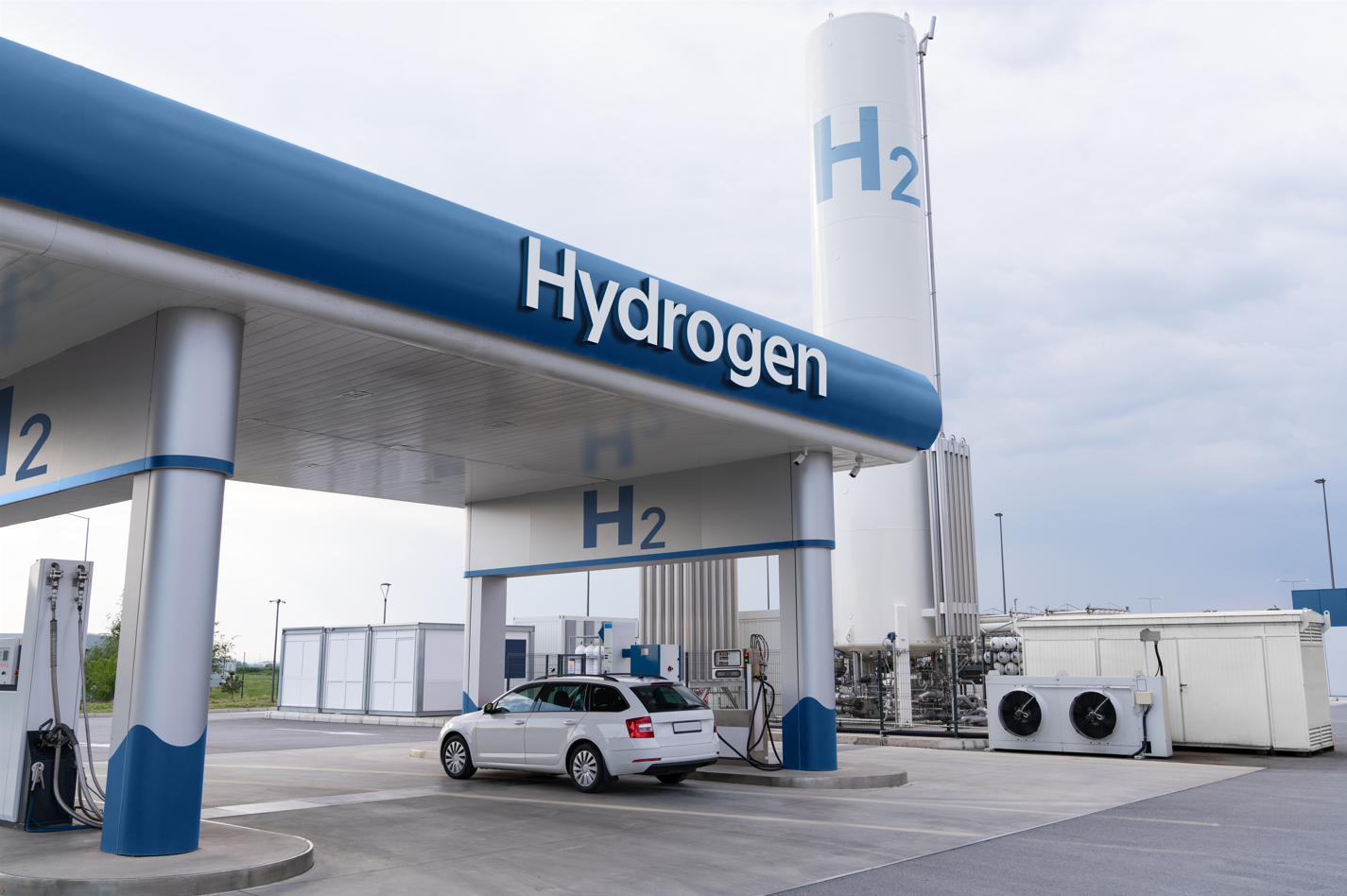Featured Articles
2023-03-09
[2023-03-09 ~
]
The High Temperature of Liquid Hydrogen Used in Hydrogen Vehicles Challenges the Limits of Physics

The High Temperature of Liquid Hydrogen Used in Hydrogen Vehicles Challenges the Limits of Physics
However, when evolving from hybrid and pure lithium electric vehicles to hydrogen vehicles, they face new temperature problems due to the introduction of fuel cells. Since hydrogen vehicles also use additional fuel, it will cause the outside world to think that the technologies of traditional fuel vehicles can be used and then improved, which is a big misunderstanding. This needs to be further explained from several perspectives.
In the early days, subject to the technical threshold, most of the hydrogen fuel used in hydrogen vehicles was compressed gaseous, but if it wanted to enter commercialization, it was more suitable for liquid with advantages as a whole, and it has also become the mainstream in the market. Toyota's Mirai, Hyundai's NEXO, and even Daimler's and Volvo's heavy vehicles all use liquid hydrogen.
It is vaporized into liquid when hydrogen is cooled to -253°C, and the volume is also shrunk to 1/800 of the original, which is very conducive to storage, and after depressurization. It can be provided for terminal use without special treatment, which has the convenience and economy of application. In terms of safety, once the compressed hydrogen leaks, it will immediately release the pressure and diffuse; In contrast, liquid hydrogen leaks from the hydrogen storage tank under atmospheric pressure, which will quickly vaporize within one to three minutes, and needs to absorb heat, quickly condense the water vapor in the air to form isolation, which can avoid the danger of hydrogen combined with oxygen in the air, so it is safer than compressed hydrogen. In short, the liquid hydrogen storage method of high-pressure and low-temperature hydrogen mode of automobiles has wide applicability to hydrogenation fuel systems, whether it is used in automotive vehicles or infrastructure construction, it has greater flexibility and achieves high-density storage benefits without loss, and ensures high safety. Based on this feature, hydrogen vehicles can extend their endurance. When the power storage efficiency and cost structure of lithium batteries have reached the limit, the comparative advantages of hydrogen fuel, which still have a lot of room for storage density and efficiency, can be highlighted.
Although the architecture of the hydrogen vehicle fuel cell drive system, hydrogen storage tank, hydrogen supply pipeline, cooling system, air intake system components and other components are similar to the current hybrid vehicle-related components. However, there are still significant differences between the two systems, the original fuel engine combustion process, changed to hydrogen and oxygen of hydrogen fuel cells, through the proton exchange membrane catalyst decomposed into electrons and protons, and then electrons through the circuit power supply to drive the motor, so that in the temperature generation and processing, there is a big difference. Since liquid hydrogen was originally stored in the hydrogen storage tank in a cryogenic liquid state, it needs to go through a phase change, temperature adjustment, pressure adjustment, and other more cumbersome steps than gaseous hydrogen before it can be provided to the power unit, which will produce an instantaneous effect of more than 800 degrees C.
Ultra-high Temperature Sensors and High-efficiency Thermal Management Systems Will Be The Tough challenges for Hydrogen Vehicles
About half of the energy of the fuel cell chemical reaction will be converted into heat, but its reaction temperature is low, about 80 °C, far lower than the reaction temperature of fuel vehicles 400 °C. Due to the low reaction temperature of the above fuel cell system and the small temperature difference with the environment, the heat dissipation requirements of fuel cells are much higher than those of traditional fuel vehicles. According to the estimated general condition, based on the same operating conditions of the same class of vehicles, the heat dissipation of hydrogen fuel cells is about 10% to 20% larger than that of traditional fuel engines.
On the other hand, the temperature of the stack will directly affect the catalytic rate of the fuel cell and cause the internal water vapor to evaporate to form a condensation condition, which in turn affects the hydration inside the film. In addition, high temperatures can lead to the degradation and rupture of materials, reducing the life of the system. Therefore, the control of temperature state is very important for fuel cell systems, and its system complexity is much higher than that of traditional fuel vehicles, and it is necessary to be able to accurately control and have a high-efficiency and intelligent thermal management system.
Like the pressure sensor on the fuel supply system of the fuel vehicle, the hydrogen vehicle also needs to be equipped with low-pressure sensors and high-pressure sensors on the air intake system. In addition, airflow sensors and temperature sensors are also required. Due to the low boiling point, high combustion rate, low ignition energy, high diffusivity, colorless, odorless, and other physical and chemical properties of hydrogen, and petrochemical fuels have obvious differences, it is necessary to rely on the ability of sensors to detect hydrogen leakage. This is the biggest difference between hydrogen vehicles and traditional fuel vehicles. Or more broadly, due to the introduction of electric power systems, new energy vehicles are more complex to regulate, and more sensors are required to install all possible conditions to ensure driving performance, safety, and comfort, and even improve endurance.
However, as in the above analysis, because of the use of liquid hydrogen fuel, the periphery of the fuel cell core of the hydrogen vehicle will face the severe problem of instantaneous temperature above 800 degrees C and other thermal effects. These sensors, which are on the front lines responsible for mastering the most primitive physical parameters, must first have the ability to withstand these high temperatures before the thermal management system can be effective. How to develop such high-specification sensors and related material parts will become a major critical situation for penetrating hydrogen vehicles.
References
- NGK Spark Plug CO. Ltd., Innovative Development of Hydrogen Leak Detection Sensors – Improving both Driving Performance and Security of Ultimate Eco Cars FCV
- NGK Spark Plug CO. Ltd., A new sensor beyond core technology that enjoys top market share. NGK SPARK PLUG CO., LTD. has developed "temperature sensors for turbochargers" that are very resistant to harsh conditions
- Bosch Mobility Solutions, Thermal management for hybrid systems and electric drivers
- Texas Instruments, Eight questions about monitoring and protection in hybrid and electric vehicles



